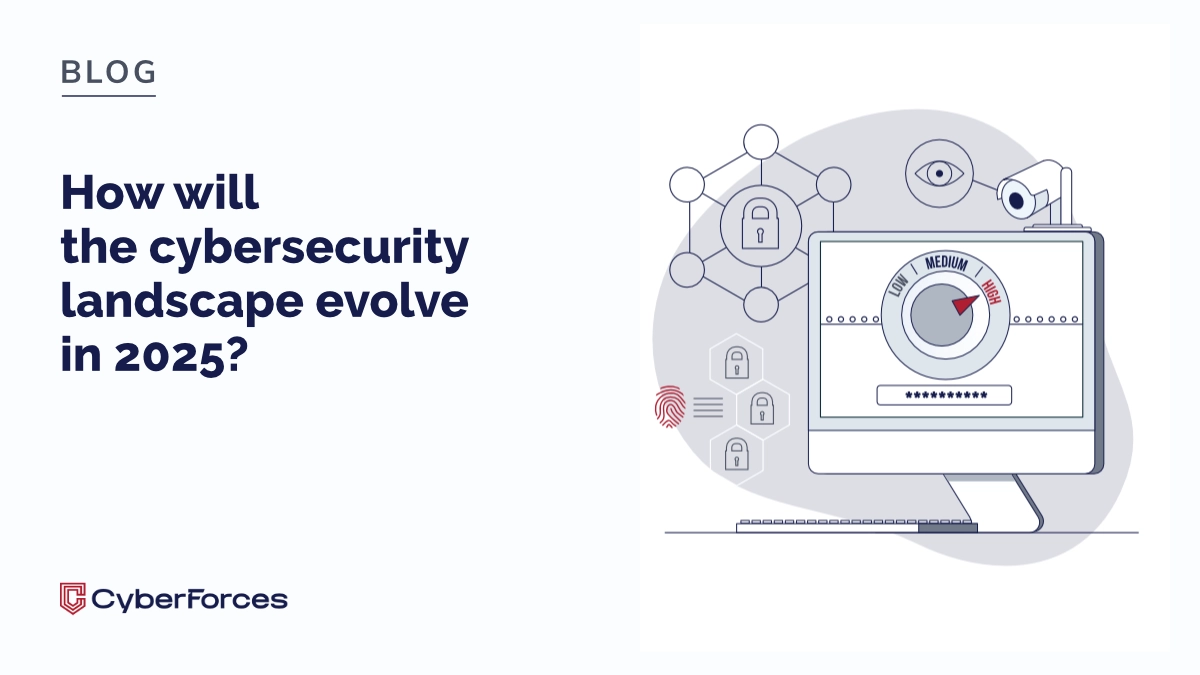How will the cybersecurity landscape evolve in 2025?
The cybersecurity landscape in 2025 is poised to undergo significant transformations, driven by escalating geopolitical tensions, rapid technological advancements, and increasingly sophisticated cyber threats. The World Economic Forum’s “Global Cybersecurity Outlook 2025” report provides critical insights into these evolving challenges and underscores the necessity for strategic investments in cybersecurity.
Escalating Geopolitical Tensions
Geopolitical conflicts have intensified, leading to a surge in cyber and physical attacks on critical infrastructure sectors such as energy, telecommunications, and water. The ongoing conflict in Ukraine exemplifies these vulnerabilities, with essential services repeatedly targeted by cyber and physical assaults. The report indicates that nearly 60% of organizations have adjusted their cybersecurity strategies in response to geopolitical tensions, with one in three CEOs expressing concerns over cyber espionage and the loss of sensitive information or intellectual property.
Advancements in Artificial Intelligence
Artificial Intelligence (AI) is set to play a dual role in the cybersecurity domain. While AI-driven tools enhance threat detection and response capabilities, they also equip cybercriminals with advanced means to execute more sophisticated attacks. The report reveals that 66% of organizations anticipate AI to have a significant impact on cybersecurity in the coming year. However, only 37% have established processes to assess the security of AI tools prior to deployment, highlighting a critical gap between AI adoption and the implementation of necessary security measures.
Supply Chain Vulnerabilities
The complexity of global supply chains presents substantial cybersecurity challenges. With 54% of large organizations identifying third-party risk management as a major hurdle, the lack of visibility into suppliers’ security practices has emerged as a leading concern. Software vulnerabilities introduced by third parties and the potential for cyberattacks to propagate throughout the supply chain ecosystem underscore the need for comprehensive security assessments and robust third-party risk management strategies.
Cybersecurity Skills Gap
A significant shortage of skilled cybersecurity professionals continues to impede efforts to bolster cyber defenses. The report highlights that 49% of public-sector organizations lack the necessary talent to meet their cybersecurity objectives, marking a 33% increase from the previous year. This skills gap not only affects the public sector but also poses challenges for private enterprises striving to maintain robust cybersecurity postures.
Strategic Investments and Collaborative Efforts
To navigate the intricate cybersecurity landscape of 2025, organizations must prioritize cybersecurity as a strategic investment rather than a discretionary expense. This involves modernizing legacy systems, upgrading operational technologies, and safeguarding critical sectors against emerging threats. The report emphasizes the importance of public-private collaboration in sharing threat intelligence, developing secure technologies, and enhancing overall cyber resilience.
In conclusion, the cybersecurity environment in 2025 will be characterized by heightened complexity and an expanded threat landscape. Proactive measures, strategic investments, and collaborative efforts are imperative for organizations to effectively mitigate risks and protect their critical assets in this evolving digital era.


